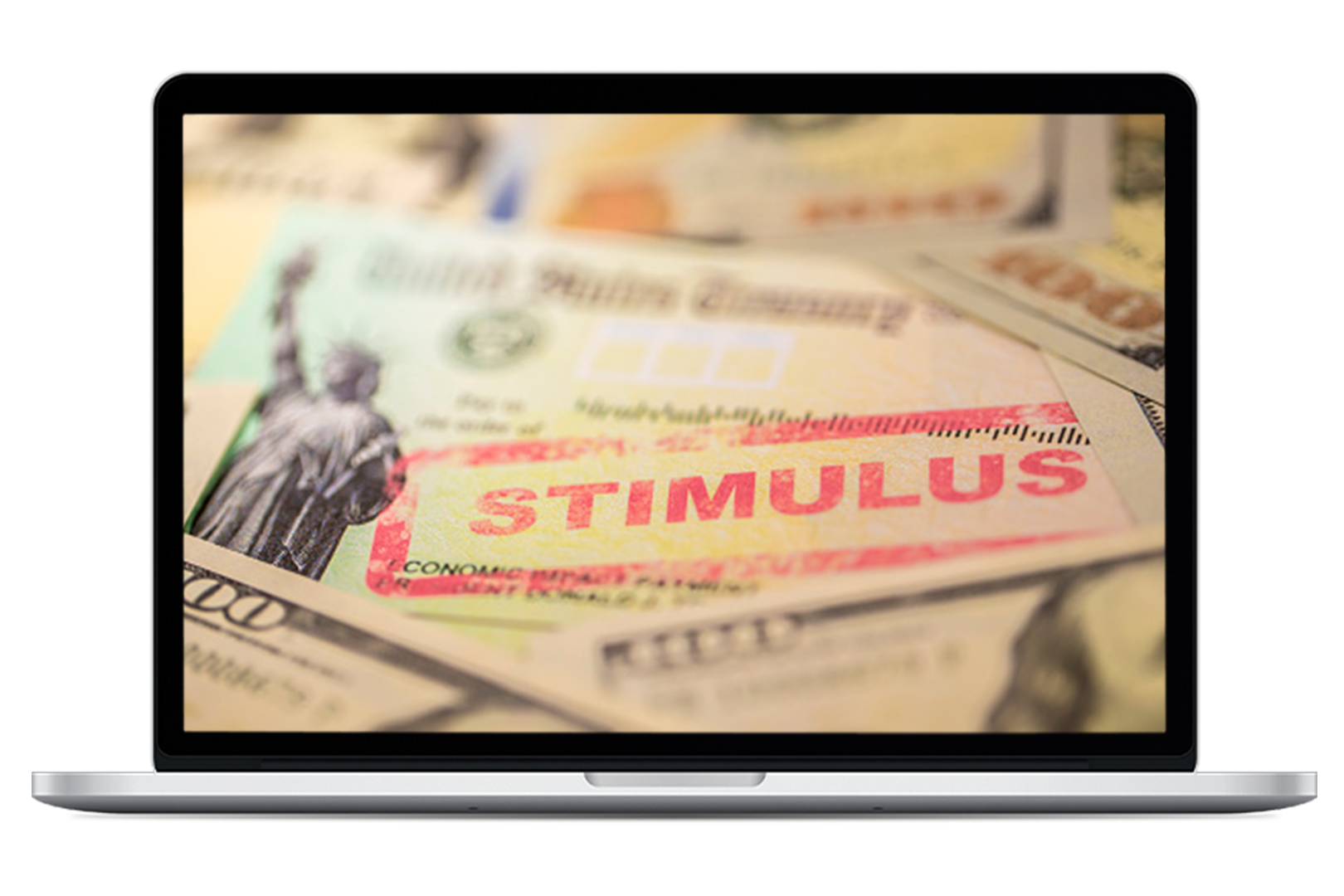Fraud Against Government Health Care Programs

Overview
Online
Description
Health care is one of the largest and arguably the most complex of all industries in the U.S. The system consists of numerous types of organizations, a vast body of regulations, a diversified consumer base, competing special interests and a massive amount of funds changing hands on a daily basis. Many of these traits that make the health care industry unique are the same ones that make it susceptible to fraud.
In this course, you will learn how to combat the costly health care fraud epidemic. You will examine common fraud schemes against government programs, legal initiatives associated with health care fraud, data analytics techniques to identify suspicious activity and the unique aspects of health care fraud investigations.
Key Takeaways:
- How to relate legal violations to fraudulent activities
- Types of health care fraud
- The effects of the U.S. Patient Protection and Affordable Care Act
- Identify the key players in government health care
- What differentiates health care fraud investigations
Prerequisites
None
You Will Learn How To:
Identify specific types of health care fraud, including billing, coding, marketing, insurer and beneficiary schemes
Recognize the third-party payment system and the key players in government health care
Relate legal violations to fraudulent acts
Identify the ongoing changes resulting from the U.S. Patient Protection and Affordable Care Act
Choose appropriate data analysis techniques to analyze health care program schemes
Determine an effective approach to conduct a health care fraud examination
Table of Contents
| Lesson 1 | Structure of the U.S. Public Health Care System |
|---|---|
| Lesson 2 | Key Programs in Public Health Care |
| Lesson 3 | Health Care Fraud Defined |
| Lesson 4 | The Effects of Fraud on Public Health Care |
| Lesson 5 | False Billing Schemes |
| Lesson 6 | Coding Schemes |
| Lesson 7 | Corruption Schemes |
| Lesson 8 | Fraudulent Advertising and Licensing |
| Lesson 9 | Beneficiary Fraud Schemes |
| Lesson 10 | Schemes by Other Third Parties |
| Lesson 11 | Laws Prohibiting Fraud Against Public Health Care Programs |
| Lesson 12 | Current and Expected Changes from the Affordable Care Act |
| Lesson 13 | The Role of Data Analysis in Prevention and Detection |
| Lesson 14 | The Examination Strategy for Health Care Fraud |
CPE Information
| CPE Credit: | 4 |
|---|---|
| NASBA Information: | Auditing (Governmental) |
| Advanced Preparation: | None |
| Last Updated: | April 2023 |
| Delivery Method: | QAS Self-Study |
Policies
CPE Credit
Please note: To be eligible for CPE credit, you must complete the final exam within one year of purchase date. You may only claim CPE credit for a course once.
ACFE Online Self-Study Courses
Features:
- 24/7 access to courses through your Internet browser
- Save time and quickly earn CPE credits with instant access, grading and printable certificate
- The flexibility to start or stop a course and pick-up right where you left off
- No additional shipping fees
Learn More about accessing your online self-study course
Learn More about online self-study courses and their features
System Requirements:
- Internet access: High-speed connection recommended
- Speakers required for video sound
 The Association of Certified Fraud Examiners, Inc. is registered with the National Association of State Boards of Accountancy (NASBA) as a sponsor of continuing professional education on the National Registry of CPE Sponsors. State boards of accountancy have final authority on the acceptance of individual courses for CPE credit. Complaints regarding registered sponsors may be submitted to the National Registry of CPE Sponsors through its website: www.nasbaregistry.org/.
The Association of Certified Fraud Examiners, Inc. is registered with the National Association of State Boards of Accountancy (NASBA) as a sponsor of continuing professional education on the National Registry of CPE Sponsors. State boards of accountancy have final authority on the acceptance of individual courses for CPE credit. Complaints regarding registered sponsors may be submitted to the National Registry of CPE Sponsors through its website: www.nasbaregistry.org/.
Ordering and Returns
Satisfaction Guarantee
If you are not 100% satisfied with any ACFE product, you may return it to us, provided it is in excellent condition, for a full refund of the item minus the cost of shipping. Toolkits and bundles may only be returned as a complete set.
Ordering & Returns Policy

